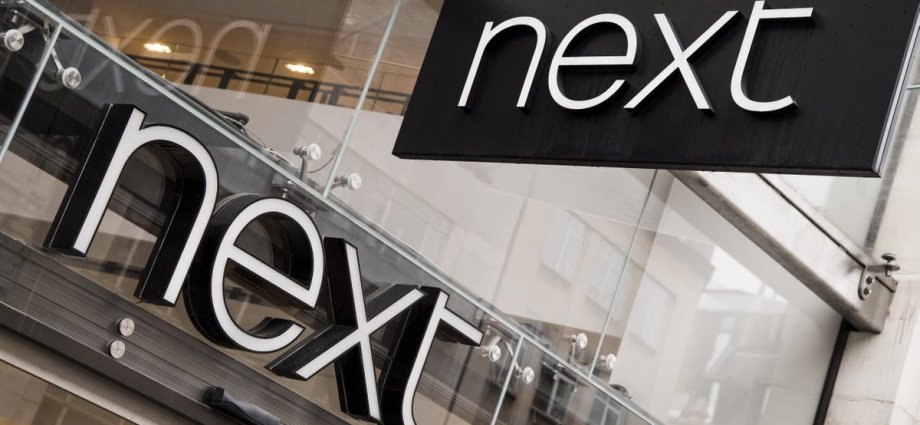Next could upgrade its forecast for full-year sales next week, as the retailer looks to capitalise on new business overseas.
The clothing retailer reports its interim results on Thursday September 19 amid a backdrop of 28% growth in its share price so far this year.
Next reported a 4.4% rise in sales in the first weeks of August, but has left its guidance unchanged for the rest of the year so far.
Deutsche Bank analysts wrote that the six weeks of trading since then may make the company “more confident to upgrade the 2.5% brand sales guidance for the second half”.
The retailer already upgraded its full-year profit guidance to £980 million, up from £960 million, in a recent trading update.
The company has made up for a decline in high street sales with a growing foreign business in recent results.
Second-quarter sales outside of promotions and discounts had also been expected to fall, but its online business oversees boosted it to a 3.2% rise.
“Expansion overseas is still in the early stages,” said Aarin Chiekrie, an analyst at Hargreaves Lansdown, “and there’s a lot of room left to run if Next can execute its strategy well.”
“Despite already accounting for more than half of group sales, analysts continue to see the online channel as the main growth driver,” he added.
Next, which is led by Lord Simon Wolfson, has witnessed a resurgence in recent years.
Chief executive Lord Wolfson described 2017 as “the most challenging year we have faced for 25 years”, with profit falling to £726 million.
By the end of 2023, the figure was at a record high of £918 million, which Next chairman Michael Roney hailed as “a very good year” in the context of the wider economic environment.
Hargreaves Lansdown’s Mr Chiekrie added: “Retail is a different story, with in-store revenue falling 4.7% in the first half.
“We’re not expecting that trend to change going forward, with high-street shopping in structural decline.
“But in next week’s results, investors would like to get more clarity on the outlook for stores and hear how the group’s positioning itself to manage the shift.”











